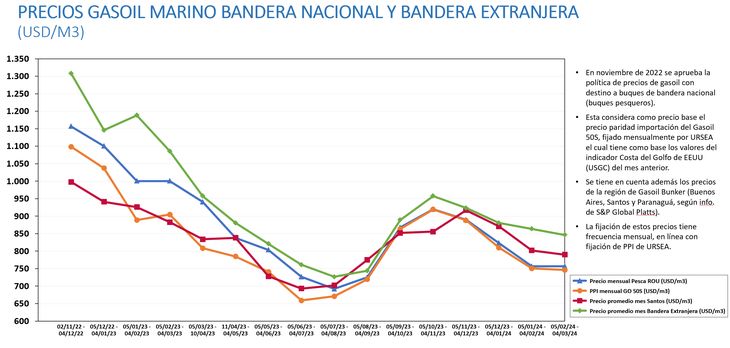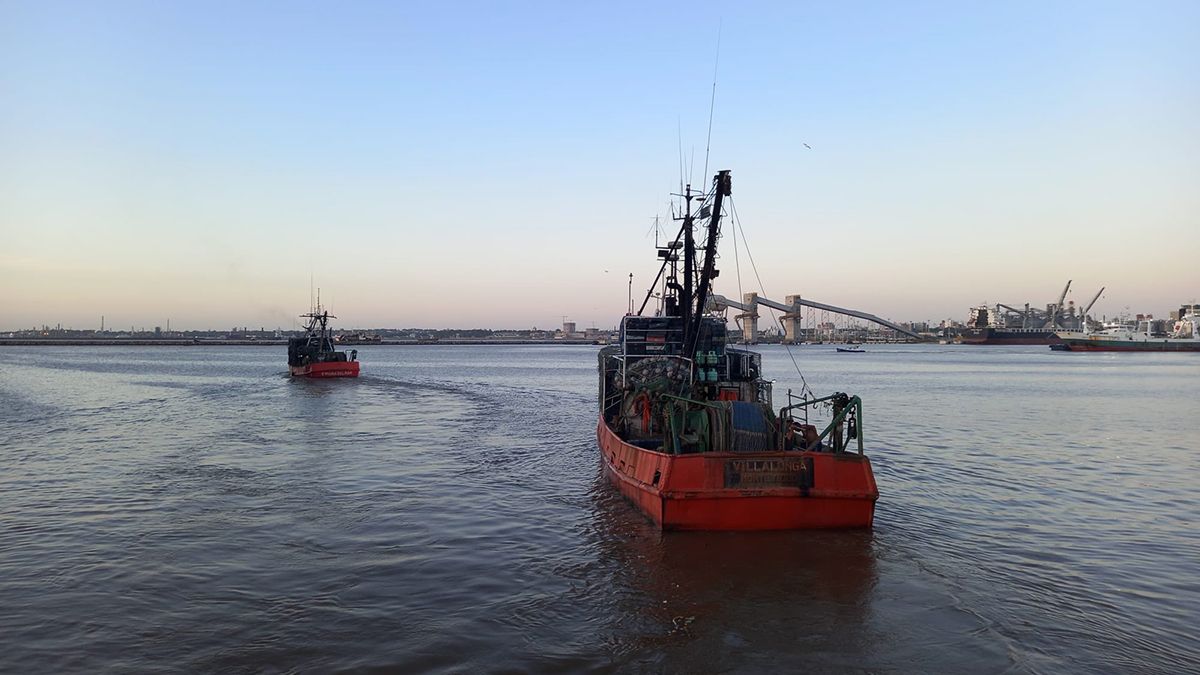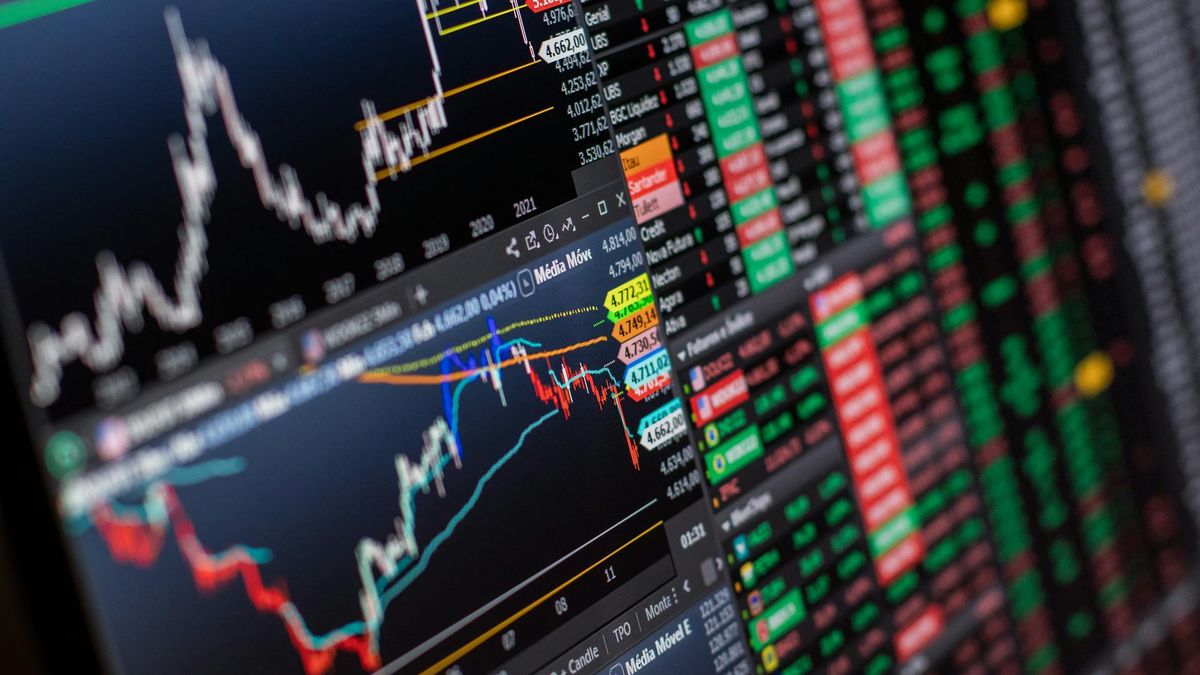Ancap reported its commercial policy linked to fuel destined for national flag vessels.
Ancap reported on its commercial pricing policy for the marine diesel (GOM)from which a specific price is differentiated for national flag vessels (Fishing ROU), a sector that continues in crisis due to profitability problems, and another that is destined for foreign flag vessels.
The content you want to access is exclusive to subscribers.
The price of diesel fishing ROU It is set at the beginning of each month, thus seeking to provide the sector with “the greatest reasonable stability to the operation and to get closer to market prices,” according to the autonomous entity itself. This policy was approved by the state company in November 2022.


Thus, Ancap considers the import parity price in Uruguay (PPI) for the month calculated by the Energy and Water Services Regulatory Unit (Ursea) based on the previous month’s average of international indicators in the Gulf of Mexico and the prices in Paraguana (Venezuela) and Santos (Brazil)which arise from independent public sources and are the average of the last week of the previous month.
The price of marine diesel for Uruguayan fishing vessels is always close to the PPI
The price established by Ancap is always close to the PPI and lower than the price at the distribution plant that is set by the Executive power and it is the one that governs all sales to all local economic actors in the monopoly fuel market.
On the other hand, the price of marine diesel For foreign flag vessels it is set each week by comparing the prices in Paraguaná (Venezuela) and Santos (Brazil) during the previous week, which can never be lower than the Pesca ROU price.
At the beginning of March, the Pesca ROU price was established slightly above the PPI (GO 50S), standing around $755 per cubic meter. For its part, the average price in Santos was closer to $800, while the average price of the month for foreign flag vessels was close to $850.
ANCAP.jpg

Source: Ambito




